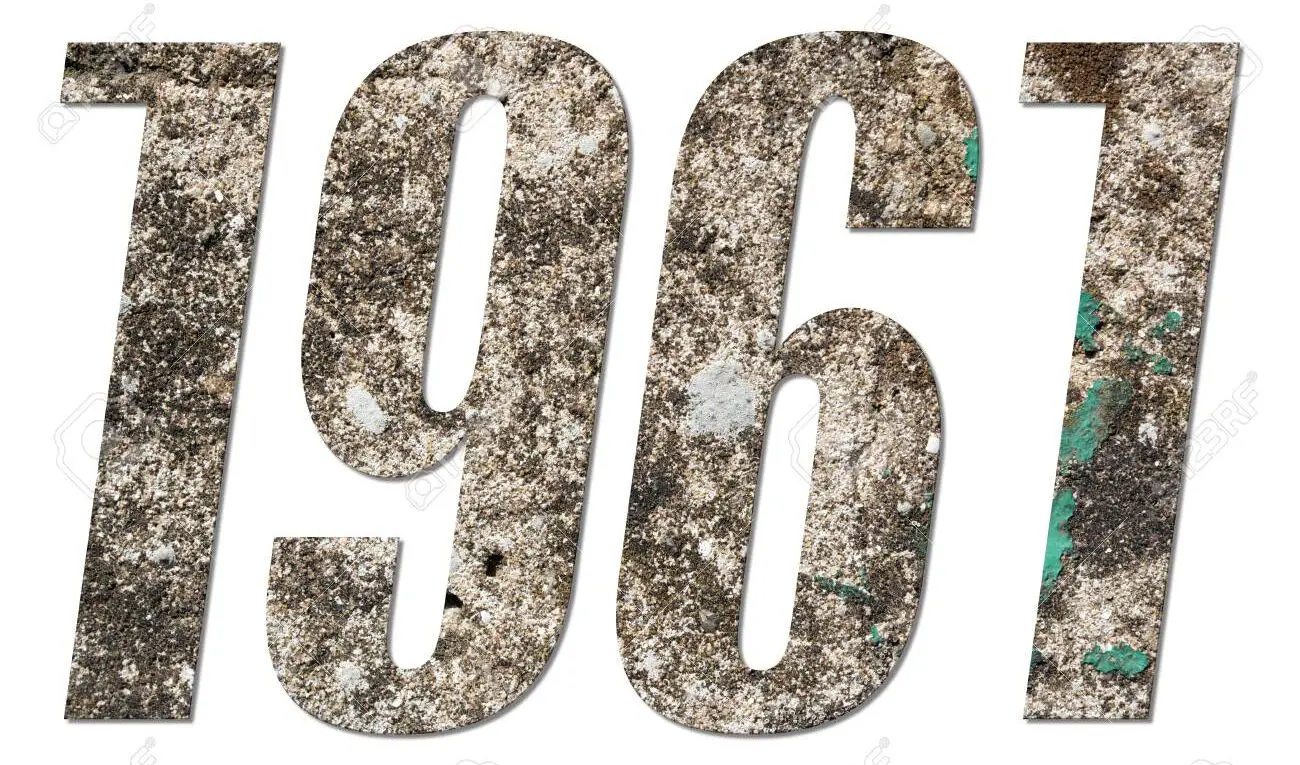The Best Albums of 1961
The Detroit-based Motown label develops as a pop-influenced answer to soul music. The label begins a long run of No. 1 U.S. hit singles in 1961 with “Please Mr. Postman” by the Marvelettes. Here are all of the 1961 albums ranked. In parallel with Beat music, in the late 1950s and early 1960s, a British blues scene was developing recreating the sounds of American R&B and later particularly the sounds of bluesmen Robert Johnson, Howlin’ Wolf, and Muddy Waters. It reached its height of mainstream popularity in the 1960s when it developed a distinctive and influential style dominated by electric guitar and made international stars of several proponents of the genre including the Rolling Stones, Eric Clapton, the Yardbirds, Fleetwood Mac, and Led Zeppelin. Here are all of the 1961 albums ranked.
Don’t miss out on the TIMELESS songs of 1961 below! Click to experience the grit of hard rock!
10. Eastern Sounds (Yusef Lateef)
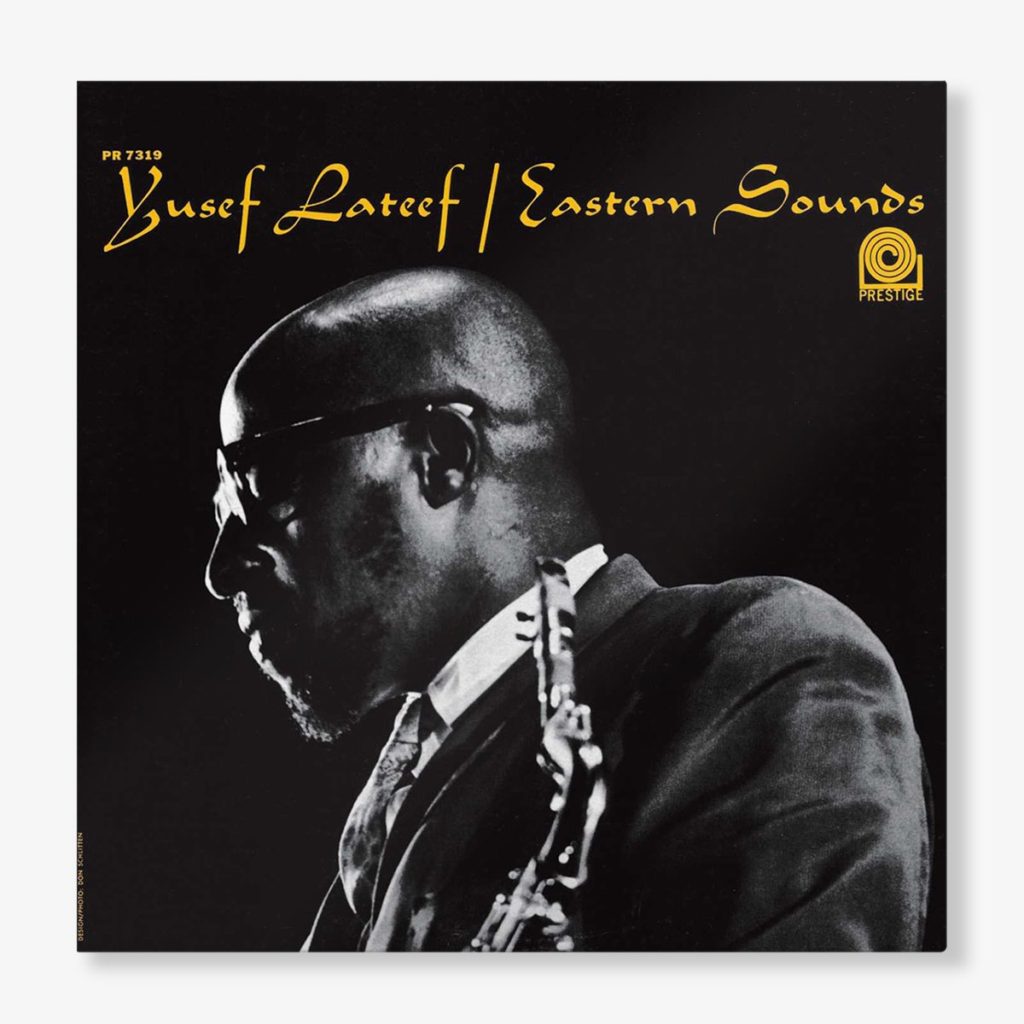
“Jazz is an ethnic music but not all ethnic music is jazz. Lateef succeeds in uniting the two in “Eastern Sounds” where others fell short. The 1960s decade was crowded with inventive multi instrumental woodwind musicians of note, all of whose music was the precursor of the cross-cultural “World Music” explosion (eg., Oregon, Shadowfax) to follow a decade later. John Coltrane, Roland Kirk, Charles Lloyd, Eric Dolphy, Tony Scott and Yusef Lateef, among others, sought inspiration not only from the jazz tradition but folk traditions from around the world. “
9. Showcase (Patsy Cline)
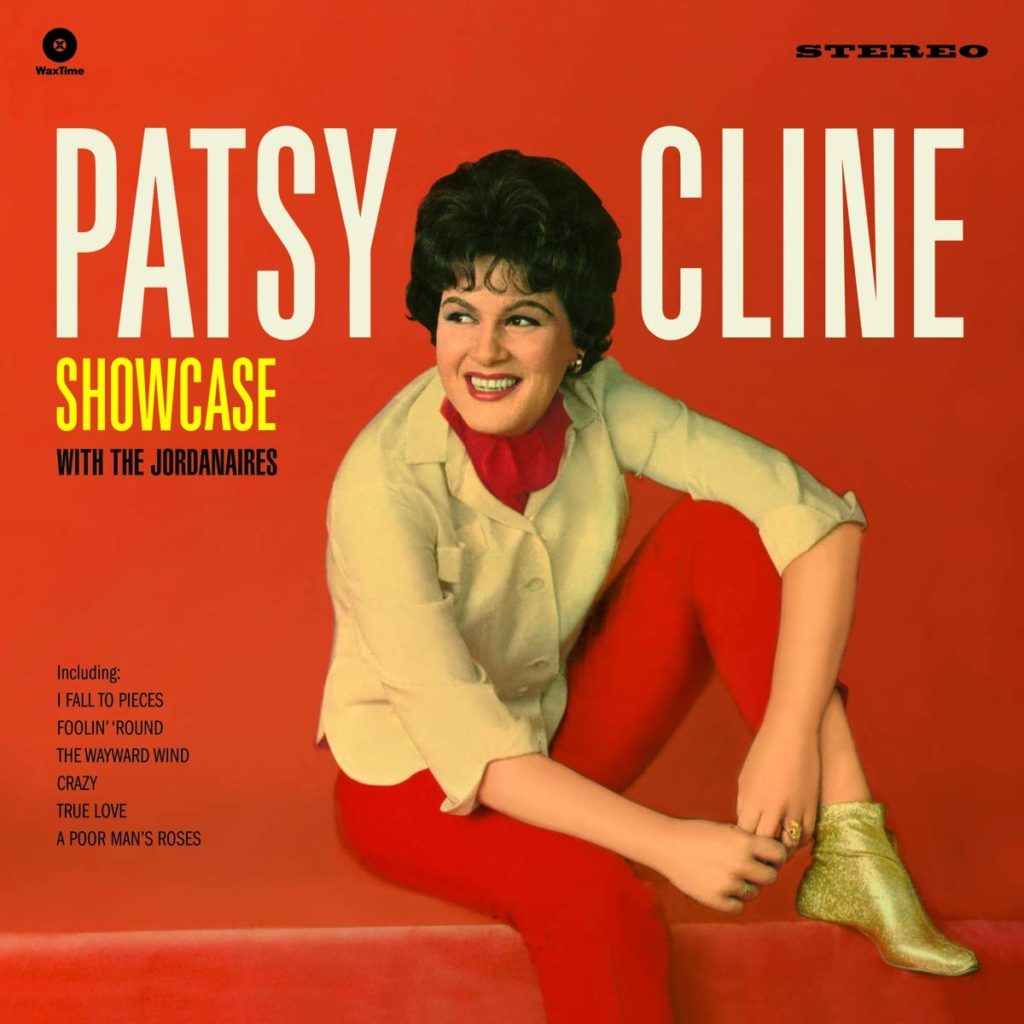
“Patsy Cline is the definition of female country music. Her voice exudes such emotion – only Billie Holiday can tear your heart apart to the same degree. Without this woman, the country would have stalled in the 60s, and been dominated by men. No other female artist has topped her in the whole genre. The girls today could learn so much from this pearl.”
8. Africa/Brass (John Coltrane Quartet)
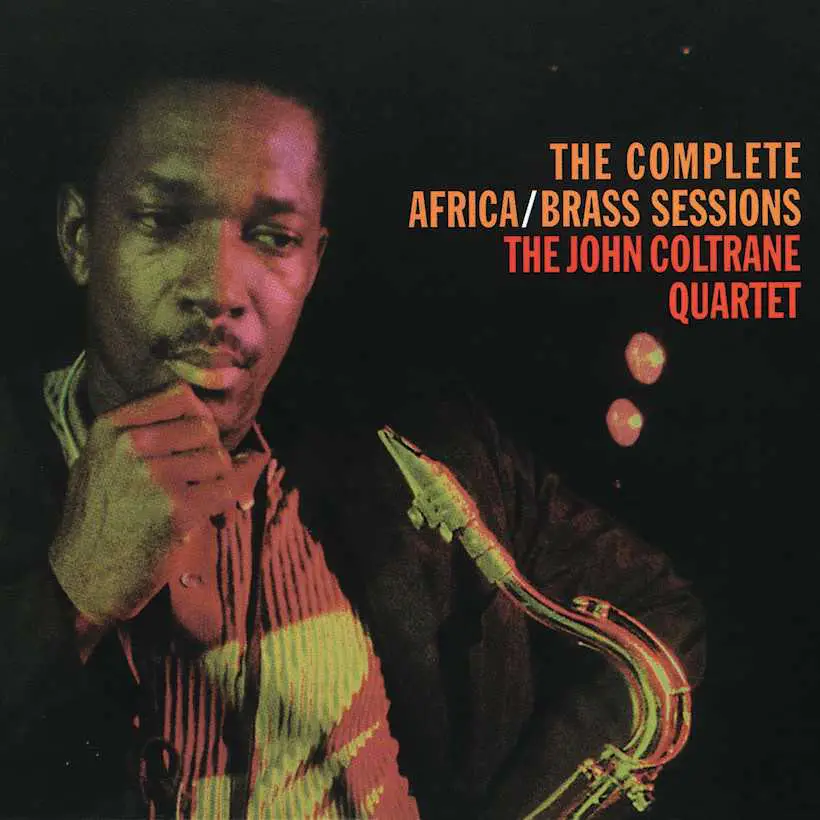
“Some simple horn arrangements packed with character to complement the quartet’s performance. Individually, this doesn’t have Coltrane’s most inspired soloist moments, Elvin Jones and McCoy Tyner were still developing, but Jimmy Garrison was already there.”
See more: Roxy Music Albums Ranked
7. Olé Coltrane (John Coltrane)
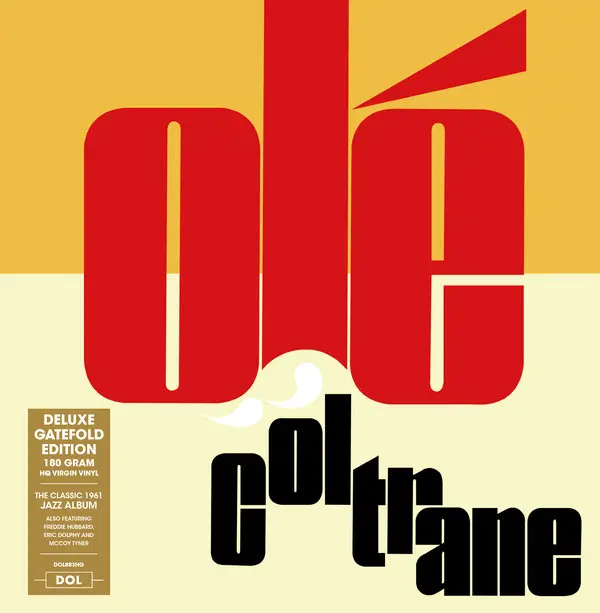
“Originally recorded in 1961, with Ole Coltrane, John Coltrane was well on his way toward solidifying his quartet of the post-hardbop,modal and exotic melodies, and lengthy solos; namely, the quartet of Coltrane on tenor and soprano sax, McCoy Tyner on piano, Elvin Jones on drums and, eventually, Jimmy Garrison on bass! On Ole, propelled by Elvin Jones uniquely accented triplet rhythms, and Tyner and Workman/Davis’ modally and exotically syncopated chords and counter-melody lines, Coltrane( and his brilliant stablemates – Freddie Hubbard (trumpet) and George Lane aka Eric Dolphy( flute and alto sax)), they have managed to create a mesmerizing and exotic brand of modal jazz, that even to this day remains, perhaps, the most influential and powerful current of jazz style around the world!”
6. We Insist! Max Roach’s Freedom Now Suite (Max Roach)
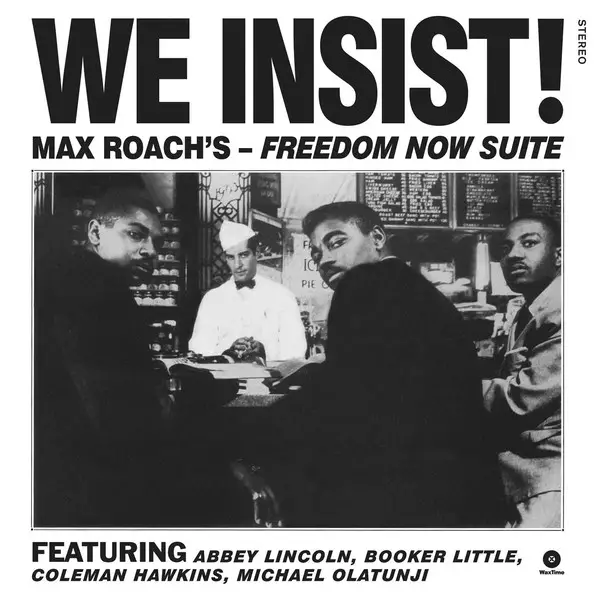
“The great Max Roach, Abbey Lincoln, and friends didn’t stand on the sidelines as spectators to Civil Rights. This work demonstrates art doesn’t have to happen in a vacuum, in isolation. A far cry from 21st Century Black music that uses escapism as the root justification for existence (some Hip Hop, rap). Secondly We Insist! is a representation of continued vigilance, intentionality, at the street level where relevance gives voice to the people.”
5. The Blues And The Abstract Truth (Oliver Nelson)

“Each song starts and ends with an orchestrated statement of a theme. Each theme is catchy, quirky, and a bit reminiscent of funky TV show themes like Sanford & Son with the heavy sax representation. The songs each has their own mood, running the gamut from cheerful to somewhat dissonant. The group of all-stars plays like they pay together every day – absolutely solid, yet expressive group playing. After the introductory themes, everyone gets their turn to show their stuff.”
4. Sunday At The Village Vanguard (Bill Evans Trio)
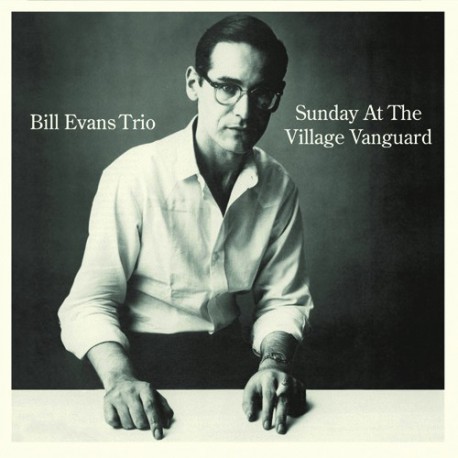
“For me, probably the greatest pleasure in this music is listening to Scott La Faro’s bass playing (maybe that’s because I’m a bass player, I don’t know). The mix has him more or less front and center, even in front of Bill’s piano, and Scott’s playing is inspired and deserves such treatment. Most people first mention his virtuosic high-speed upper-register runs, but there’s also his sonorous double-stops and strummed chords, and just listening to him hold down a single whole note is wonderful. But he never pulls away and “steals the show” overtly, because everything he plays is so rooted in interaction and response with Bill’s piano. Listening to LaFaro’s strength, sensitivity, and total command of his instrument is just a total joy to behold.”
See more: The String Cheese Incident Albums Ranked
3. Free Jazz (Ornette Coleman Double Quartet)

“This album consists of two different quartets playing two entirely different things on each channel. So if you put the balance entirely on the left speaker, you’ll hear one band, and if you choose to balance to the right, you’ll hear another. For all practical purpose, you’re hearing two songs at the same time. I suppose “song” is a loose definition, since structure’s been entirely abandoned. Ditching structure is a risky business, but here it’s cool by me. Why? Because the performances, besides being completely revolutionary, are simply stellar. Outstanding. A cut above the rest.”
2. King Of The Delta Blues Singers (Robert Johnson)
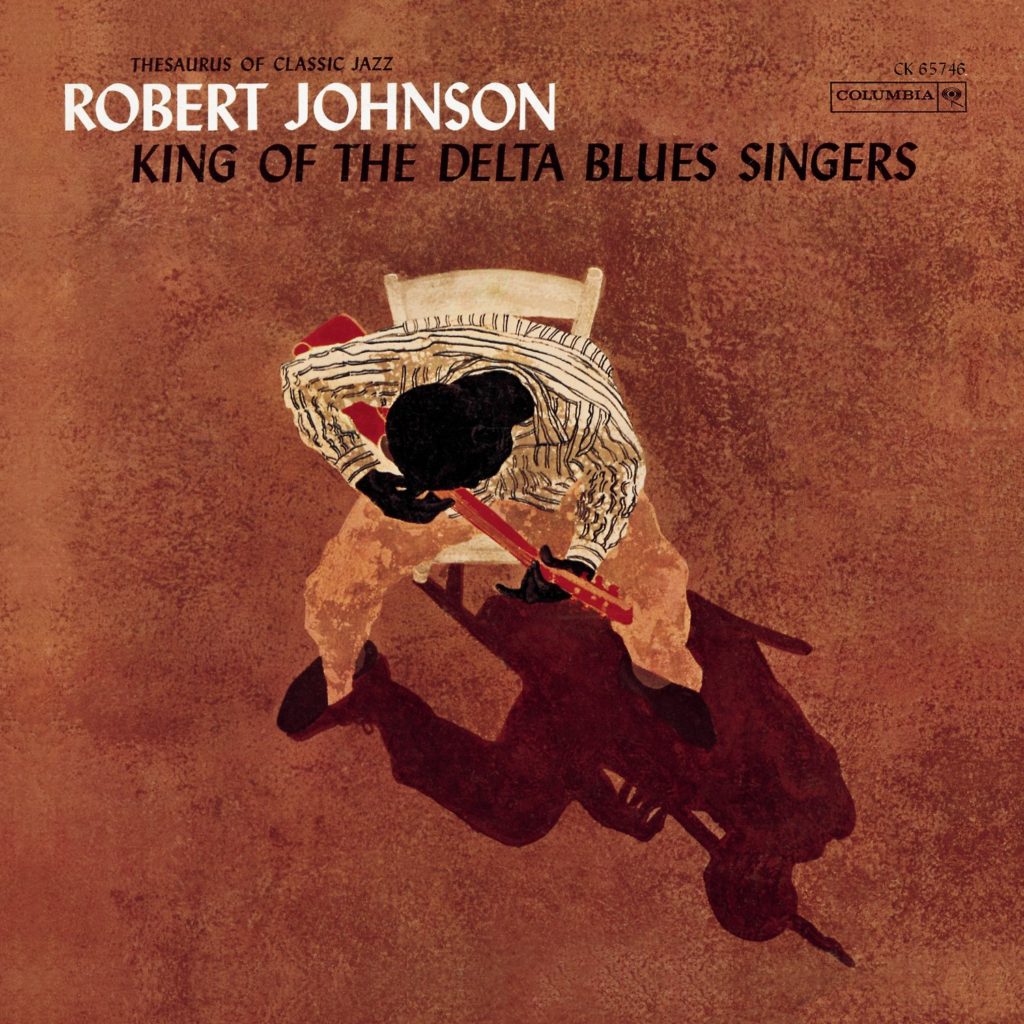
“The release of his album in 1961 had a huge impact on the music industry, in particular the still fledgling Rock n’ Roll. Early artists, especially with the British musicians like Eric Clapton and Robert Plant. Robert Johnson is considered by many to be the greatest Blues artist that ever lived. Unfortunately his life was just as short, dying at the age of just 27.”
1. My Favorite Things (John Coltrane)
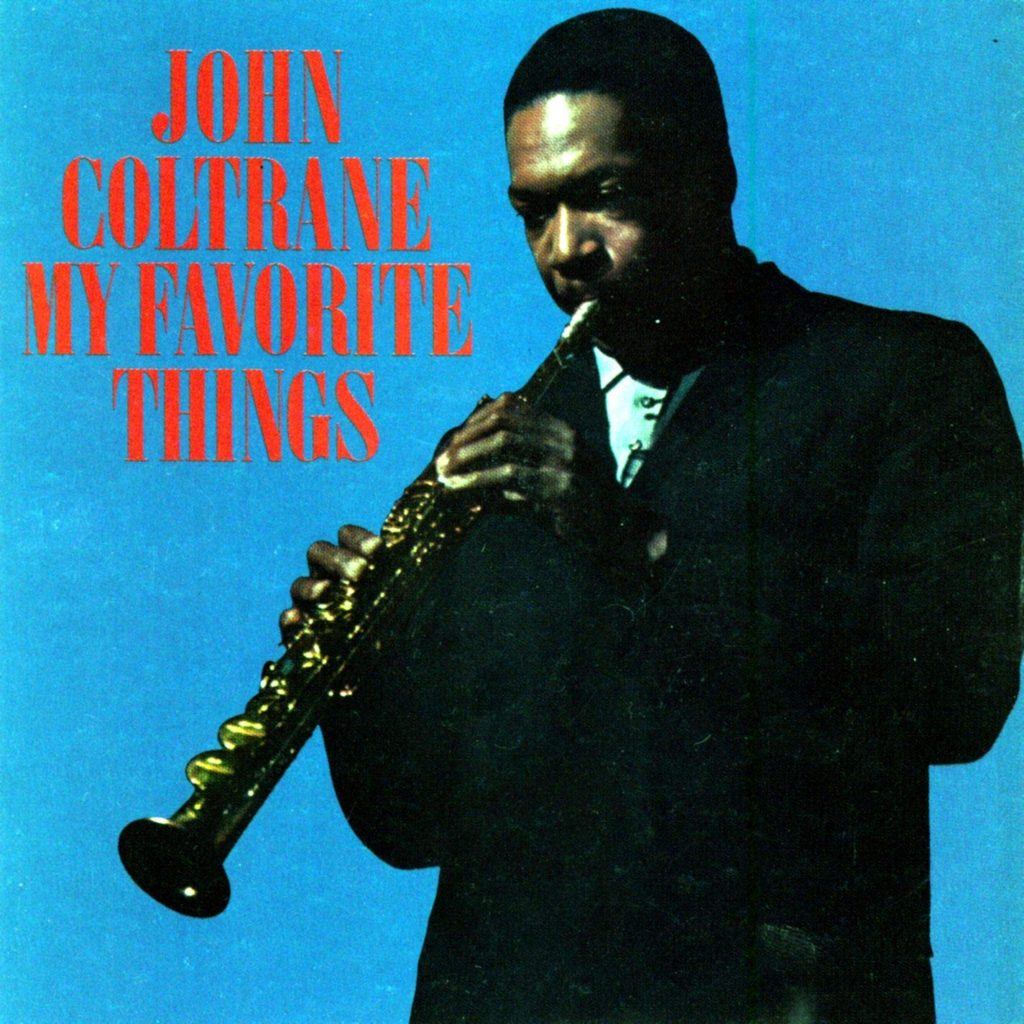
“Trane speaks to his audience through his tenor and soprano saxophones, particularly in the song, “My Favorite Things”, which is a classic. The second half of the album, Trane and Bags (Milt Jackson) get down on some beautiful songs–between Trane on soprano sax and Bags on vibes–this album is well-suited to all ears.”

